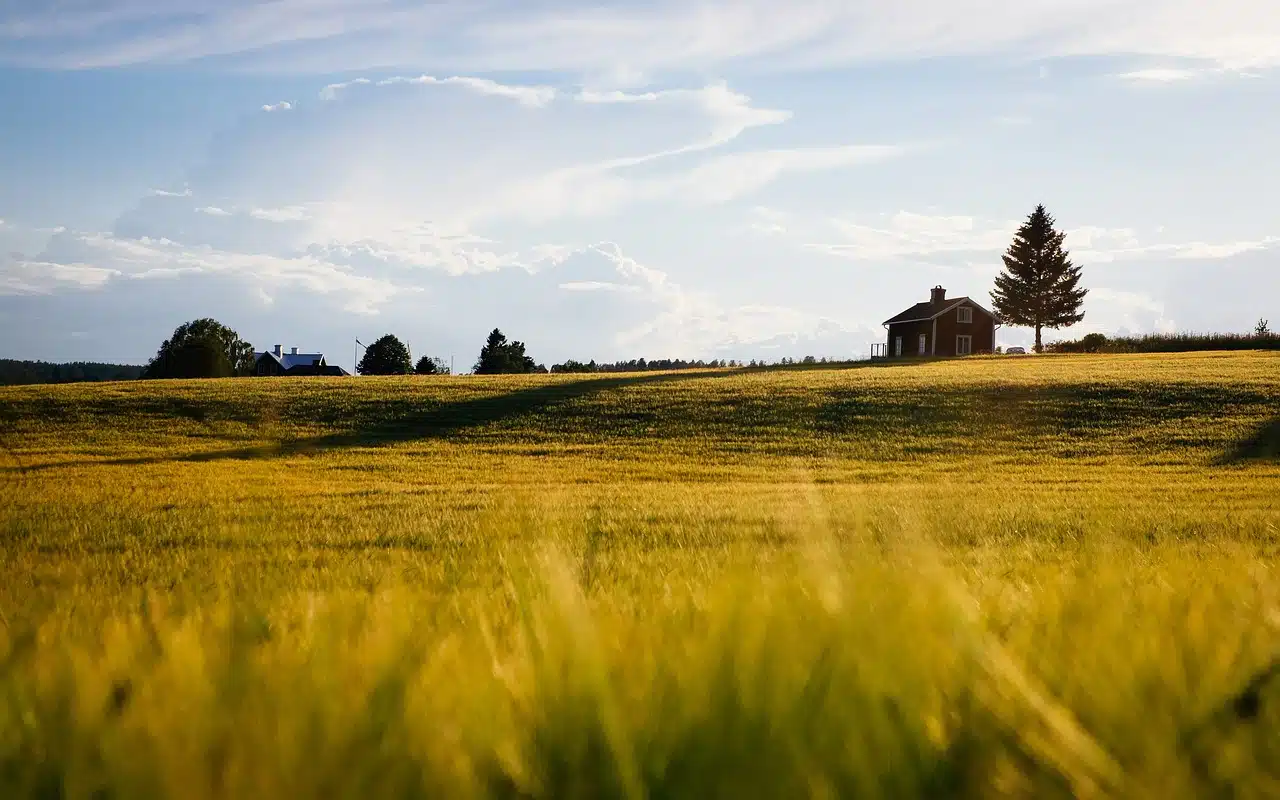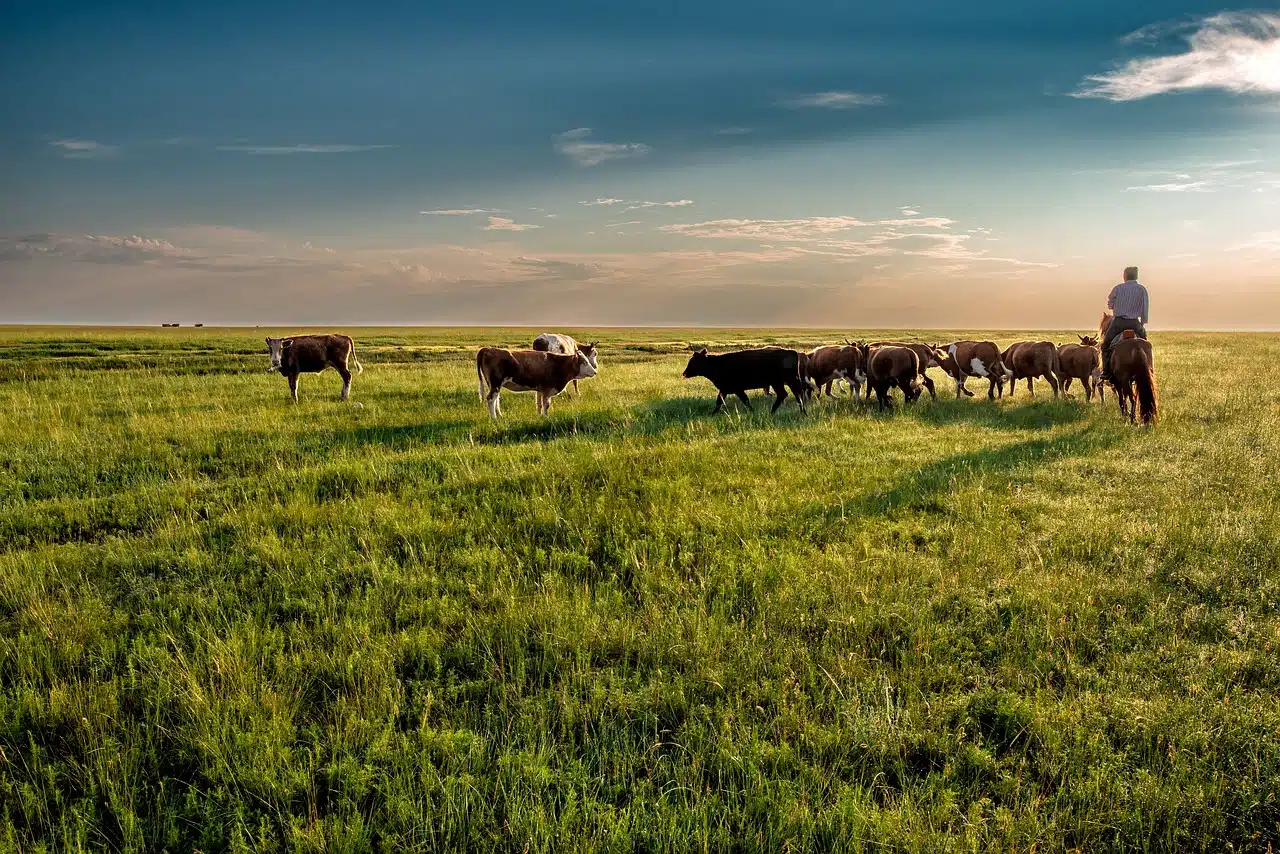
A field covered with grass is known as a meadow.
A meadow is a set of meadows . By extension, the concept is used to name the grassy part of the field and the large meadow.
For example: “When she was a child, Camila used to lie on the meadow to look at the sky and play to find figures among the clouds,” “I dream of having a house surrounded by meadows,” “While the mother was preparing lunch, the little ones “They played soccer on the prairie.”
The prairie as a biome
The prairie is also a biome formed by a succession of grasses and shrubs , which develops in a temperate climate and experiences a warm season in the summer and a cold season in the winter. In most grasslands, just two or three species of grasses (a family of herbaceous plants) cover more than 60% of the land. Tropical grasslands, however, can present nearly 200 species.
The Argentine pampas, the great plains of North America and the areas surrounding the deserts of Australia are some of the regions that have the largest temperate grasslands in the world.
It is common for grasslands to develop in the center of continents, since these areas receive precipitation intermediate between the aridity of deserts and the high humidity levels of forests .
Human action has modified the grasslands, converting them, for the most part, into land destined for the production of wheat, soybeans, corn and other crops of great economic importance.

Human beings usually modify grasslands for the development of different economic activities.
A book by Laura Ingalls
Known to many through the successful television series filmed in the 80s , " Little House on the Prairie " is the third book in the series called "Little House" , written by Laura Elizabeth Ingalls Wilder , born in the United States. in 1867 .
This book tells of the adventures that took place during the months that the Ingalls family spent on the Kansas prairie, near a town called Independence (English term for Independence ). At the beginning of the story, Charles (the father) decides to sell his house in the woods and move in with his family to start a new life. The writer's ability to convert the everyday details of her childhood into rich and attractive prose is worthy of note.
One of the most charismatic characters in the saga is Mr. Edwards , who quickly makes friends with the girls, especially Laura . His personality is very particular: he can be both a gentleman when addressing Caroline (the children's mother) and a "big boy" when coming into contact with his little accomplices. Regarding her relationship with Charles , she does not hesitate to help him build the emblematic house .
Already established in their new home, the Ingalls go through various problems and dangers; For example, they suffer from malaria, at a time when it was not known as such and lacked a cure as effective as today. Even the everyday life of convalescence is captivating in the pages of this masterpiece, and helps build indestructible bonds between the reader and the characters.
The story covers a wide range of feelings, giving equal importance to adult reality as to childhood reality, demonstrating that the hard work of Caroline and Charles was as necessary as the girls' fantasies and optimism to get ahead, to complement each other and overcome. the hard moments that characterized much of their lives .
Finally, it should be noted that many of the endearing anecdotes that make up the book contain profound life lessons; Among the favorite moments is undoubtedly the first Christmas on the prairie, saved by Mr. Edwards 's impromptu gifts.
